I am trying to build a chrono to measure the speed of a projectile. I plan to use an Arduino and photodiode. I would like the photodiode to change the state of the Arduino's digital pin when an object passes it. I plan to have a reasonably powerful IR LED beaming upwards with the photodiode also looking in that direction - idea being that as a projectile passes overhead it will reflect some IR which will be detected by the diode.
I have the BPV10NF photodiode. This looked like it had a fast response time and high radiant sensitivity which might be good for this project. Reading various references on photodiodes I also procured a few MCP6002 OP-AMPs - my understanding being that the output of the photodiode is very small and must be amplified.
This is the circuit I have put together based on looking at different examples. This only shows one PD but once I have it working as desired I would replicate a second time - a fixed distance from the first so that I can calculate the speed of the detected projectile.
simulate this circuit – Schematic created using CircuitLab
This doesn't seem to work as expected. If I put a voltmeter across OA1 output and GND I get around 4.8v regardless of what level of light the PD is exposed to. If I put a voltmeter across OA1+ and GND the voltage is around 4.8v and if I shine my iPhone torch on the PD it drops to ~3.3v. I would imagine if I shine an IR LED on it then the voltage would go lower (given it's an IR PD).
Could somebody sanity check this circuit for me and explain where I have gone wrong?
